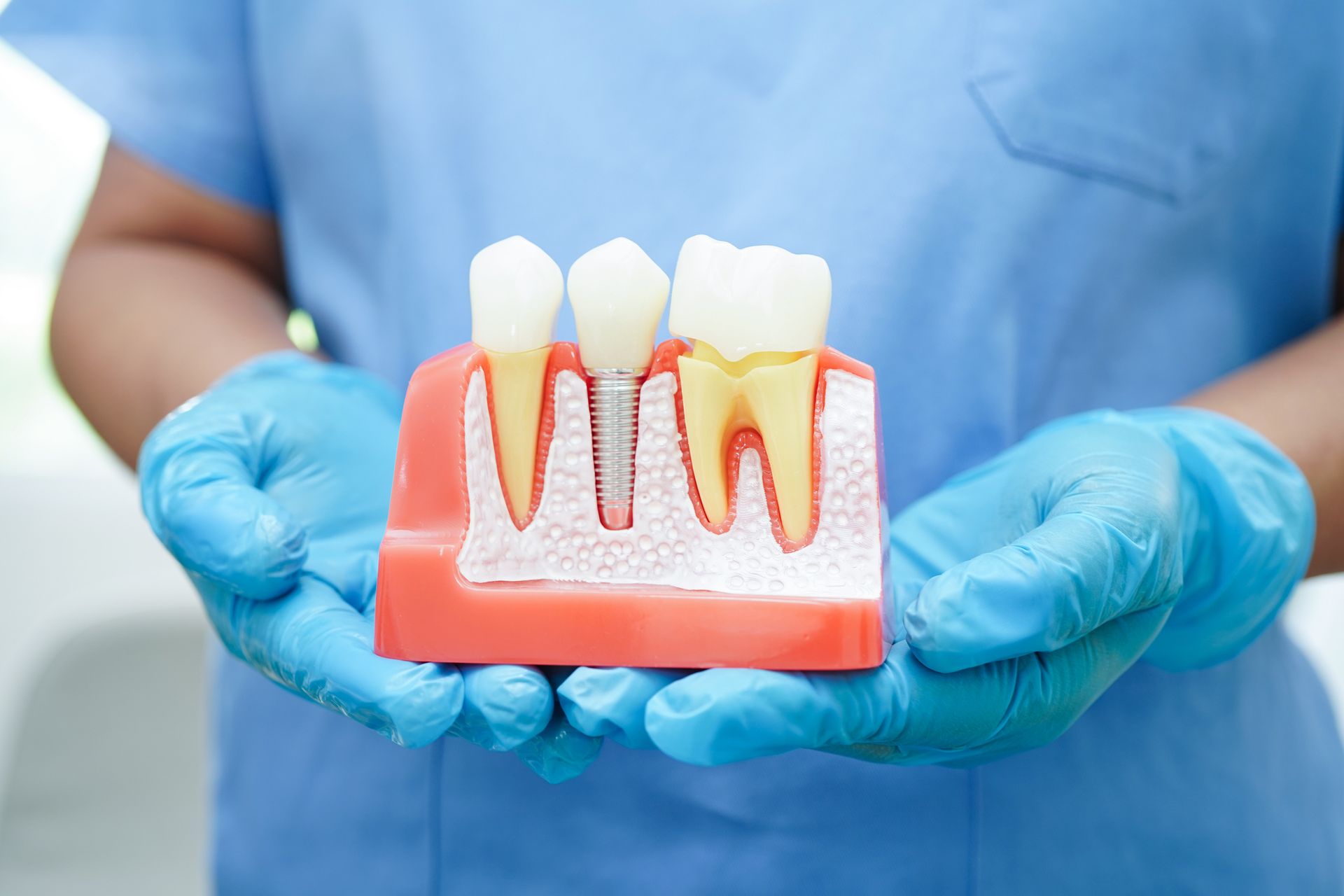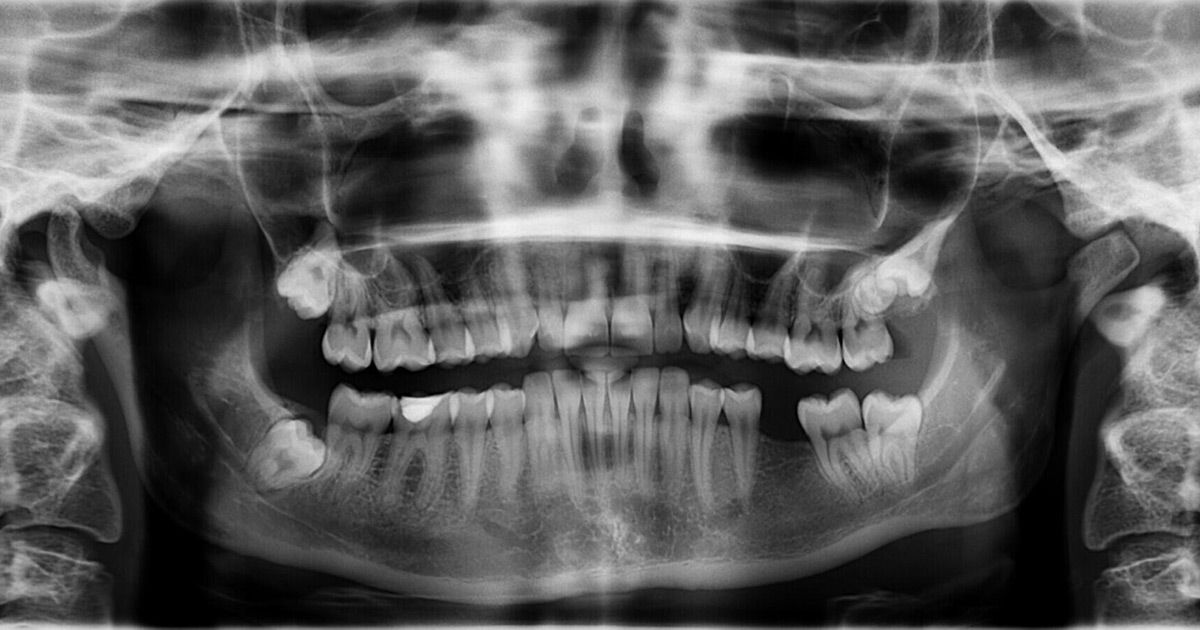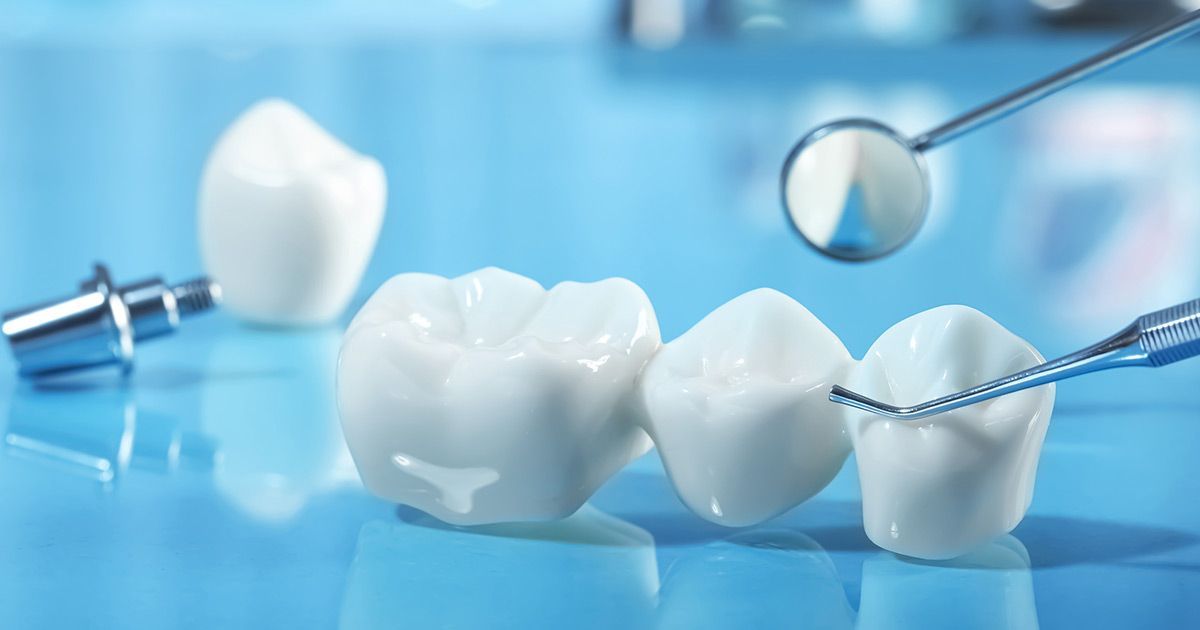Everything to Know About Dental Fillings
Dental fillings can be intimidating, but they're a sure way to make your teeth feel better. Here's what to know before you get a dental filling.
Around 99% of people over 20 have experienced at least one cavity, but many have more than one.
Cavities destroy teeth if left untreated, so dentists recommend dental fillings when they discover decay on a person's tooth. When your dentist in Sewell, NJ, finds decay on your tooth, they'll tell you.
You might feel nervous about getting your cavity removed and filled. The good news is there is nothing to be worried about, as this is a routine service for dentists.
However, you might feel better by learning about the process. So here is a guide to help you know what to expect before getting a dental filling.
Effects of Untreated Decay
When dentists examine teeth, they look for cavities and signs of cavities. A cavity begins with a sticky spot and then turns into a hole. Dentists call this decay or dental caries.
You might not know you have a cavity, as they start small. However, as the decay spreads, you might experience some signs that indicate you have a cavity.
For example, you might see a black spot on your tooth, which might be decay. You might also notice an increased tooth sensitivity to hot or cold things. Additionally, you might feel pain when you bite down on that tooth.
Cavities eat a tooth's structure and spread. These are the two main problems of leaving a cavity in your mouth.
Decay doesn't go away on its own. Instead, it begins consuming more of a tooth. Then, it can work into your gums or tooth roots, causing bigger problems.
Therefore, getting dental fillings quickly is vital for your oral health.
Decay on teeth forms from plaque, a sticky substance on your teeth. Each time you brush your teeth, you remove most of the plaque. Dental cleanings also help you remove the plaque from your teeth.
You can prevent cavities by removing the plaque regularly. Unfortunately, untreated decay might lead to losing the tooth or needing a crown or root canal.
Types of Dental Fillings
Dentists offer several types of dental fillings. Here are a few of the most common types:
Composite Fillings
Composite fillings match your teeth, making them almost unnoticeable. Composite is a material that might contain resins, quartz, glass, or other substances, but they don't contain metals.
Dentists can tint the material to ensure it matches your teeth. Many people prefer these fillings for this reason. Additionally, you'll see that these are affordable if you compare the dental filling cost by filling type.
Amalgam Fillings
Most older adults know more about amalgam fillings than younger people, primarily because this was the only option years ago. Amalgam fillings contain metal and are silver-colored.
Amalgam fillings are durable and can last forever. However, many people replace amalgam fillings with composite fillings at some point in their lives.
Some people do this to avoid the dangers of having metal in their mouths, while others do it for the looks.
Ceramic Fillings
Some dentists also offer ceramic fillings. However, these are less common as they cost much more than other options. As the name implies, these are made of ceramic.
Process of Getting a Dental Filling
Your dentist might discuss the various cavity dental filling types and let you choose. Then, when you're ready for your dental filling procedure, the dentist will begin by numbing your mouth.
While this procedure doesn't take long, it can be painful without using numbing medication. Therefore, you should agree to the medication.
Next, your dentist will remove the decay from your tooth. Dentists use a dental drill to do this, and they aim to remove the decay only. In other words, they avoid removing any good parts of the tooth.
Once the dentist has removed all the decay, they'll clean the tooth and prepare it for the filling. If using composite, the dentist will insert a moldable substance into the tooth and scrape the excess off.
Afterward, they'll aim a light at the filling to cure it. This light helps the substance harden.
The final step involves ensuring the filling fits properly. For example, the dentist might place a test strip in your mouth and have you bite down. The purpose of this is to ensure the filling isn't rubbing your other teeth.
The procedure should only take 20 to 30 minutes. Then, when finished, you can leave.
What to Expect Afterward
Dentists perform fillings more than any other procedure, so you have nothing to worry about it as you prepare for your filling. However, you might wonder what to expect afterward.
First, you can expect to feel numb for several hours. Cavity removals on the lower arch stay numb longer, as it's harder to numb the lower arch than the upper arch.
You'll need to be careful while you're numb to avoid biting your cheek. In fact, you should wait until the numbness wears off before eating anything.
Secondly, you can expect this tooth to feel somewhat more sensitive than usual after getting a filling. Some people experience sensitivity issues for a few days, while others feel increased sensitivity for months.
Finally, you won't have to do anything different with your new filling. You should continue brushing your teeth as usual. However, you should avoid eating sticky foods on that tooth for a while.
If you have further questions, you can ask the
best dentist in Sewell, NJ. They'll be glad to answer all your questions.
Find a Dentist in Sewell, NJ
You might suspect you have decay in your mouth and know that you have a cavity. In either case, you'll need dental fillings to treat the problems. Are you ready to visit a dentist in Sewell, NJ?
Contact us at Sewell Dental Designs. We offer preventative dentistry services for the entire family and can help you improve your oral health.
Dr. Haddad
D.M.D
Dr. Haddad’s purpose at Sewell Dental Designs is to empower his patients so they can achieve and maintain excellent dental health and have a smile they are happy to show off. He decided on this path after receiving treatment from a competent and friendly dentist when he was a teen.
Dr. Haddad obtained his Bachelor of Science degree at George Mason University in Virginia and went on to earn his Doctor of Medicine in Dentistry degree (DMD) from Temple University Maurice H. Kornberg School of Dentistry.
Dr. Joanna
D.D.S
Dr. Joanna Haddad was born and raised in Lebanon and now resides in Philadelphia, PA. She speaks Arabic, French, and English fluently. Dr. Joanna earned her Doctorate of Dental Medicine from the University of Pennsylvania School of Dental Medicine, graduating with honors in Public Health. During her time in dental school, she was highly involved in various organizations and served as the Chapter President of the American Student Dental Association. She is also a proud member of the American Dental Association, American Association of Facial Esthetics and American student dental association.
Dr. Giesberg
D.D.S
Dr. Konstantina S. Giesberg, DDS, is a board-certified dentist anesthesiologist who has earned the privilege of becoming a Diplomate of the American Dental Board of Anesthesiology (DADBA).Dr. Giesberg obtained, with honors, her degree of Doctor of Dental Surgery (DDS) from the University of Buffalo, NY. She then completed her General Practice Residency in Dentistry at Wyckoff Heights Medical Center in Brooklyn, NY. Dr. Giesberg then furthered her studies at Wyckoff Heights Medical Center with a Specialty Program in Dental Anesthesiology, involving three years of concentration in deep sedation and general anesthesia.















